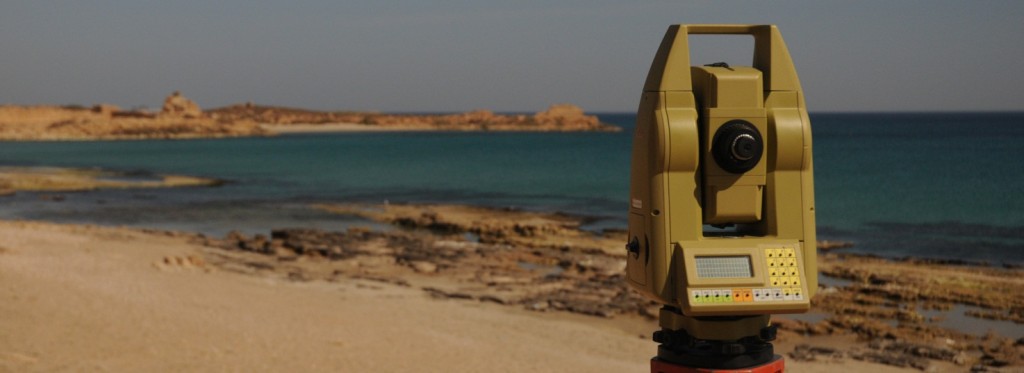Introduction
Historical Background
Portus (Fiumicino) was the maritime port of ancient Rome and, together with the neighbouring river port at Ostia, was the focus of a network of ports serving Imperial Rome between the mid-1st century AD and the 6th century AD. It was critically important for supplying the city of Imperial Rome with foodstuffs and materials from across the Mediterranean from the 1st century AD onwards.
Continue reading →


